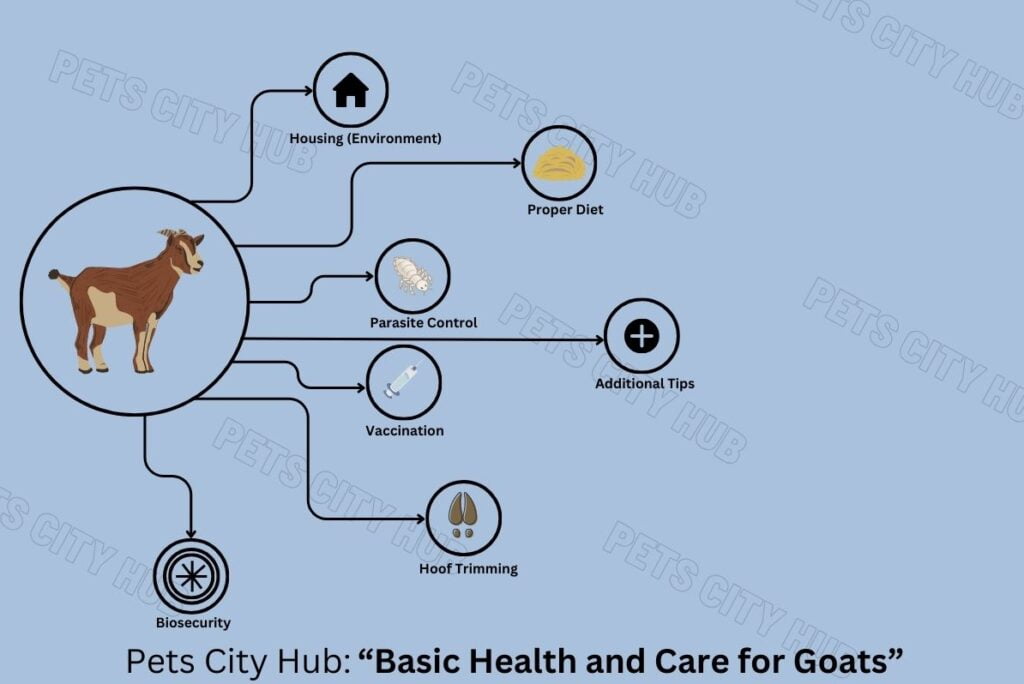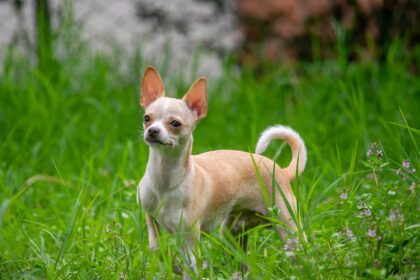From the past, humans have been fostering goats for milk and meat. From past experience what we have learned so far, the pillar of successful goat farming is goat health and yield. In farming, healthy and happy cattle means yield (milk/meat).
This content is about how to take care and maintain the good health of goats. After finishing this article, you will get to know goat housing, goat feeding, common goat diseases, and necessary action according to disease and other relevant facts about goat health and care.
Housing (Environment)
Providing a safe and comfortable shelter is crucial for keeping goats healthy and happy. Goat shelters should protect them from bad weather and predators. Here’s what you need to know about setting up a suitable living environment for your goats.
- Setting up a shelter: When setting up a shelter, the first thing to consider is protection against adverse weather conditions, including rain, extreme cold, and intense heat. It’s essential to design the goat shelter based on the specific needs of your local environment.
Additionally, the shelter should be clean, dry, well-ventilated, and equipped with a well-planned drainage system. Each goat needs adequate space—at least 20 square feet—to express their natural behavior, adequate space also facilitates easy monitoring and handling.
While bedding is not strictly necessary, using straw or sawdust and replacing it as it becomes dirty is considered good practice.
- Posture fence: Typically, goats are very oppressive on fences. Make sure the fencing is sturdy so fence can endure their oppression. Additionally, the fence should protect them from predator animals. Electric fence is a good option to secure goats from predators.
Besides, make sure the fence isn’t a hidden trap for goats. Sometimes goat’s head stuck on the fence and causes injuries.
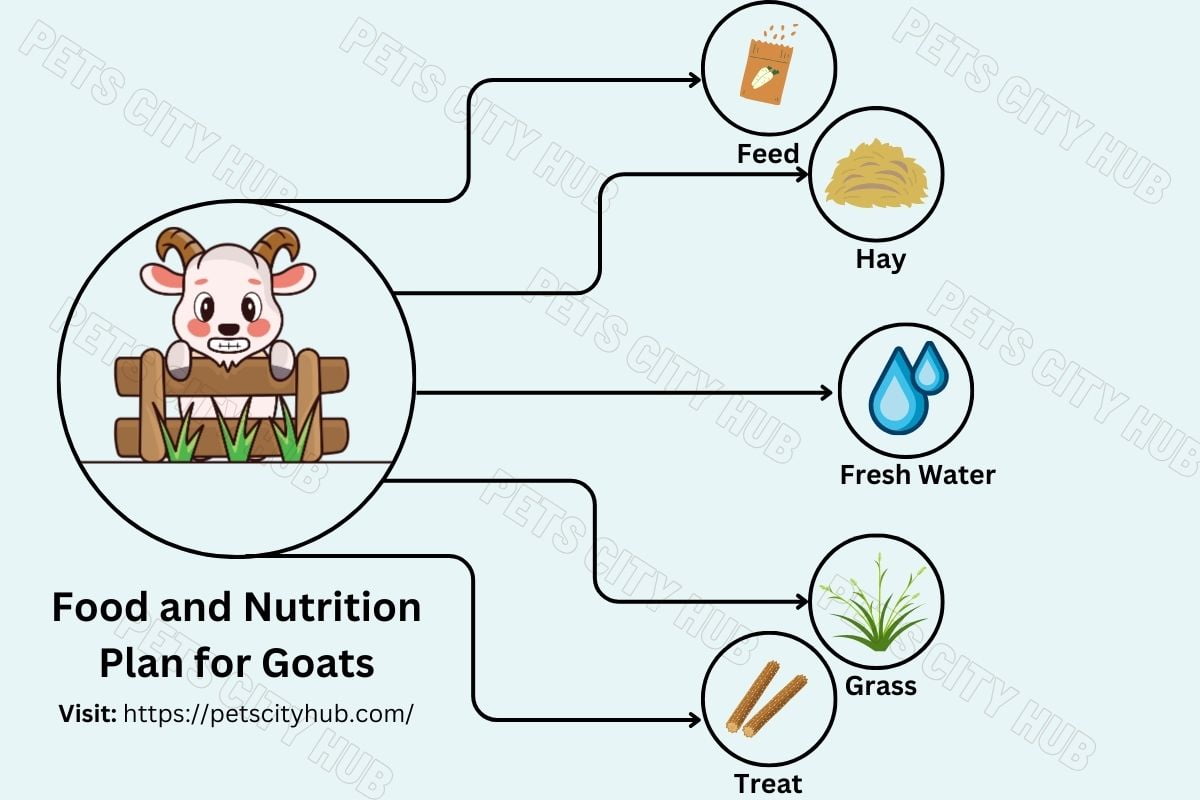
Proper Diet
Proper nutrition is vital for the health and productivity of goats. Goats have a unique digestive system specialized in breaking down fibrous plant material. Goat’s body collects essential vitamins, minerals, and protein from grass.
So, you should form their dietary mainly based on hay, grass, and browse.
If you can provide a large pasture, the goats will gather most of their food by grazing. However, a smaller pasture and the dry season will be required to supply additional hay or grass.
To fill the missing puzzle gap of their dietary, supply mineral salt lick. To know more about goat’s diet plan visit this content.
Finally, let’s talk about clean water. Like us, water is very crucial for goats’ health. Ensure they always have access to clean water. It’s also important to regularly clean their water bowls to prevent contamination.
Note: Goat’s dietary slightly varies depending on your goal. For example, the meat production dietary is slightly different from the milk production dietary.
Before finalizing a diet plan for your goat herd, it is best to consult with a veterinarian.
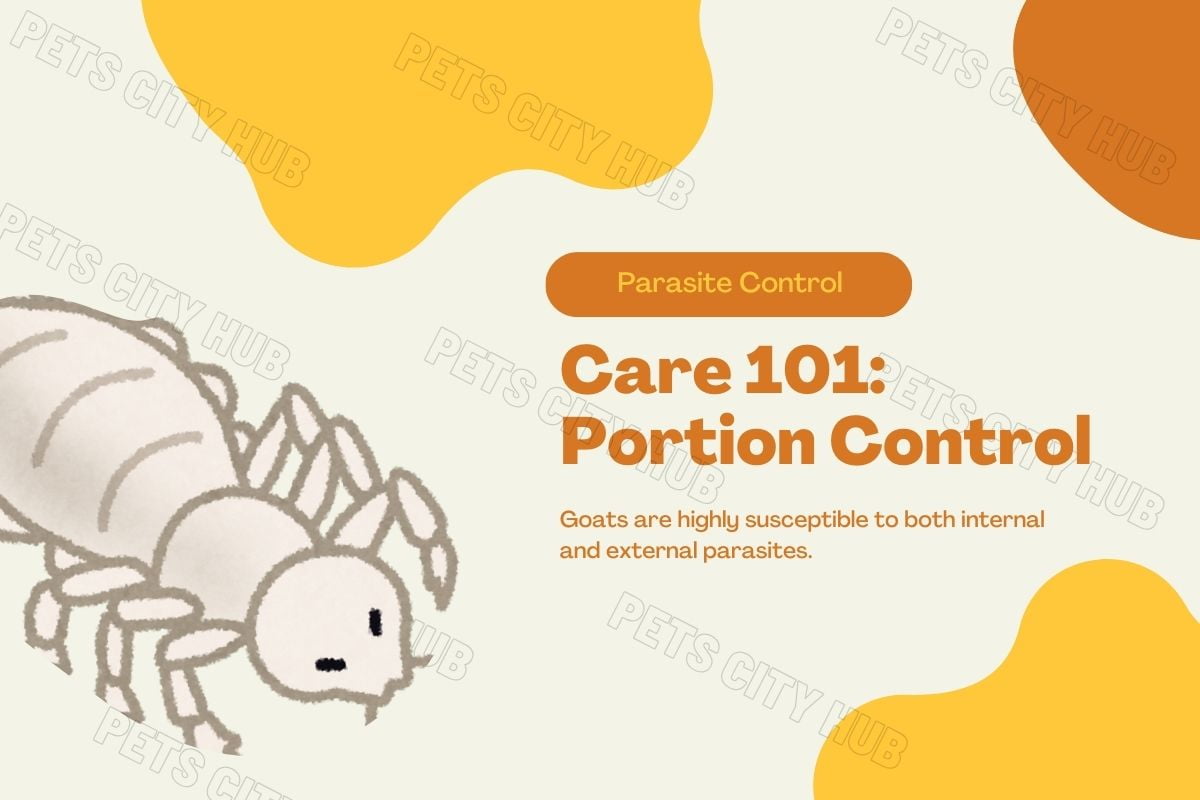
Parasite Control
Goats are highly susceptible to both internal and external parasites.
If a goat is heavily infested with parasites, it can become very weak and may eventually die.
To maintain good goat health and ensure the profitability of goat farming, it’s essential to recognize the symptoms of parasite infestation and take appropriate action based on those symptoms.
- External parasite: Lice and mites are the main two external parasites that affect goats. The symptoms of external parasites are Skin irritation, itching and scratching, poor coat condition, and patches of hair loss particularly around the neck, shoulder, and flanks.
If you observe any of the signs mentioned above, it’s time to closely examine your goat to be 100% sure whether it is infested with lice or mites.
Once you’re certain, consult with a veterinarian to determine which parasite treatment is appropriate for your goat.
- Internal parasite: Internal parasites such as gastrointestinal worms, liver flukes, coccidia, etc… are more detrimental to goat health than external parasites.
These parasites live in the goat’s digestive organs, such as the intestines and liver, and survive by consuming the goat’s blood. As a result, got become sick due to lack of hemoglobin and other necessary nutrition.
A heavily internal parasite-affected goat may show signs of low energy, head down, droopy ears, diarrhea, and swell-jaw.
Now, before it gets too late, we have to determine whether a goat is infested badly by internal parasite.
To do that you can take sample of goat feces and analyze it in the Laboratory to count the number of parasite eggs per gram in feces (McMaster test).
Laboratory tests are not popular due to their expense. Instead, a cost-free technique called Famacha is widely used to assess the internal parasite status of a goat.
In the Famacha technique, you have to look inside a goat’s eyelid. A pale, white, light pink eyelid means a lot of parasites sucking hemoglobin Inside from a goat, and your goat need a little dose of deworming.
On the other hand, dark red and bright pink means less parasite is sucking blood inside from a goat, and don’t have to deworm your goat.
If you are wondering which dewormer to use or how much to use consult with a vet.
Note: Deworming a got when it is not necessary, may make the warm medicine-resistant. So don’t apply dewormer medicine to a got unnecessarily.
Rotational grazing can also help to control got parasite.

Vaccination
The right vaccine can prevent epidemic disease on your farm. Now the question is which vaccine should you use? Well, the answer is diseases differ based on geography and environment, meaning vaccine demand also changes geography and environment. For instance, diseases affecting goats in Europe differ from those in Africa.
So, I suggest you consult with a local certified veterinarian before vaccinating your goat herd. A local veterinarian will have the best knowledge of the diseases prevalent in your area and the appropriate vaccines to use.
Hoof Trimming
Hoof trimming is important for maintaining the health of a goat’s legs. Neglected hooves can lead to lameness and infections. Goats on confined farms require more frequent hoof trimming than pasture-grazing goats.
Biosecurity
Biosecurity is very important to prevent contagious diseases. Contagious diseases are a major financial threat to farms. To implement biosecurity in a farm
- Limit visitor access
- Ensure visitors are following hygiene protocols.
- Quarantine and treat sick animals
- Before integrating any new goat into the main herd, isolate it for at least 30 days. If the new got shows no sign of diseases, then integrate it with other goats.
- Don’t use other farm equipment before decontaminating it.
Additional Tips
- Never buy just one goat; they are social herd animals and will feel bored and lonely on their own.
- Avoid tethering them. As grazing animals, goats love to move freely. Instead, keep them in a secure, fenced area.
Maintaining the health and well-being of goats is essential for any successful farming operation. By providing proper housing, ensuring a balanced diet, and implementing effective parasite control measures, farmers can greatly enhance the productivity and longevity of their goat herds.
Remember, the care you invest in your goats not only affects their health and productivity but also the overall success of your farming endeavors. That’s it for this topic Bye.


